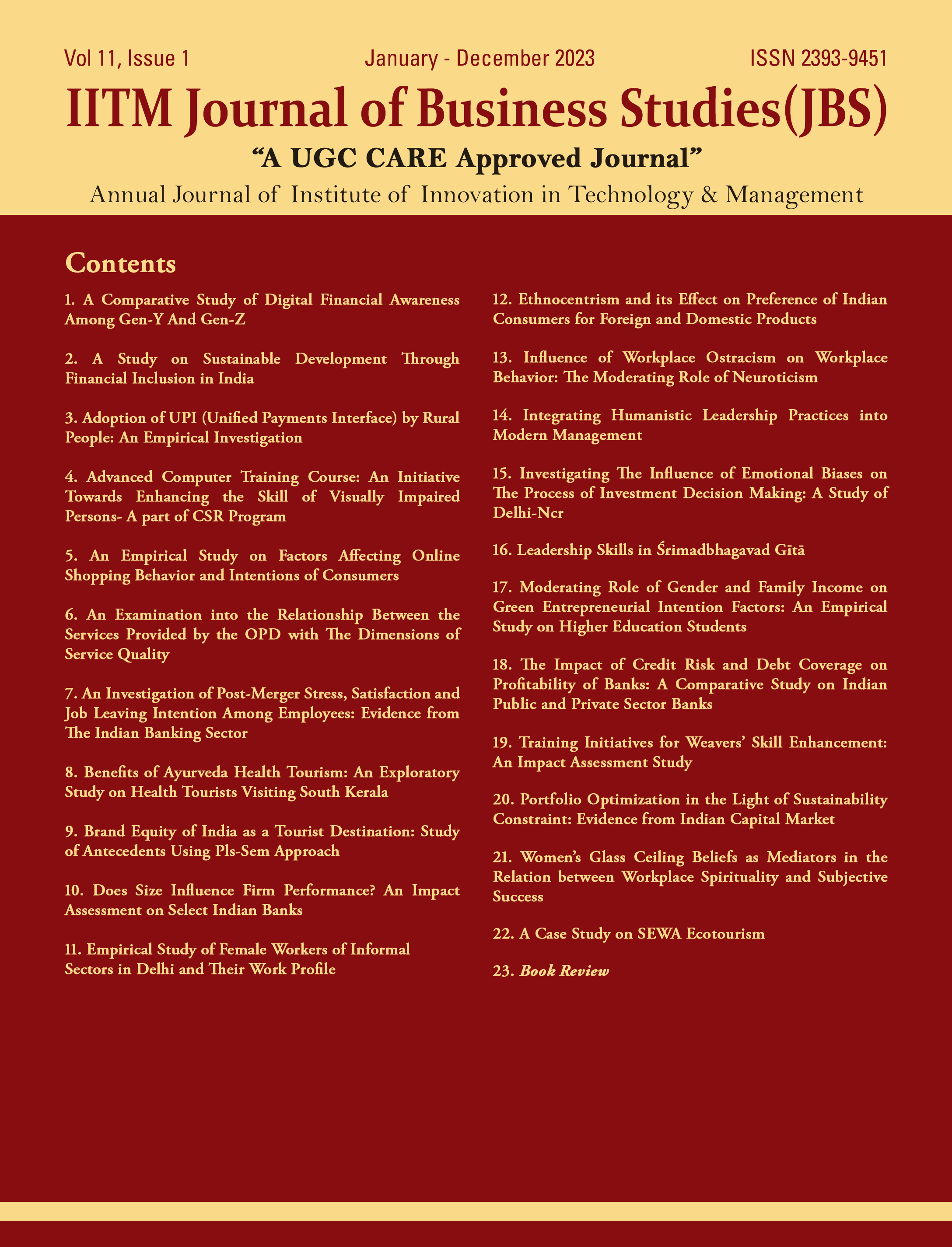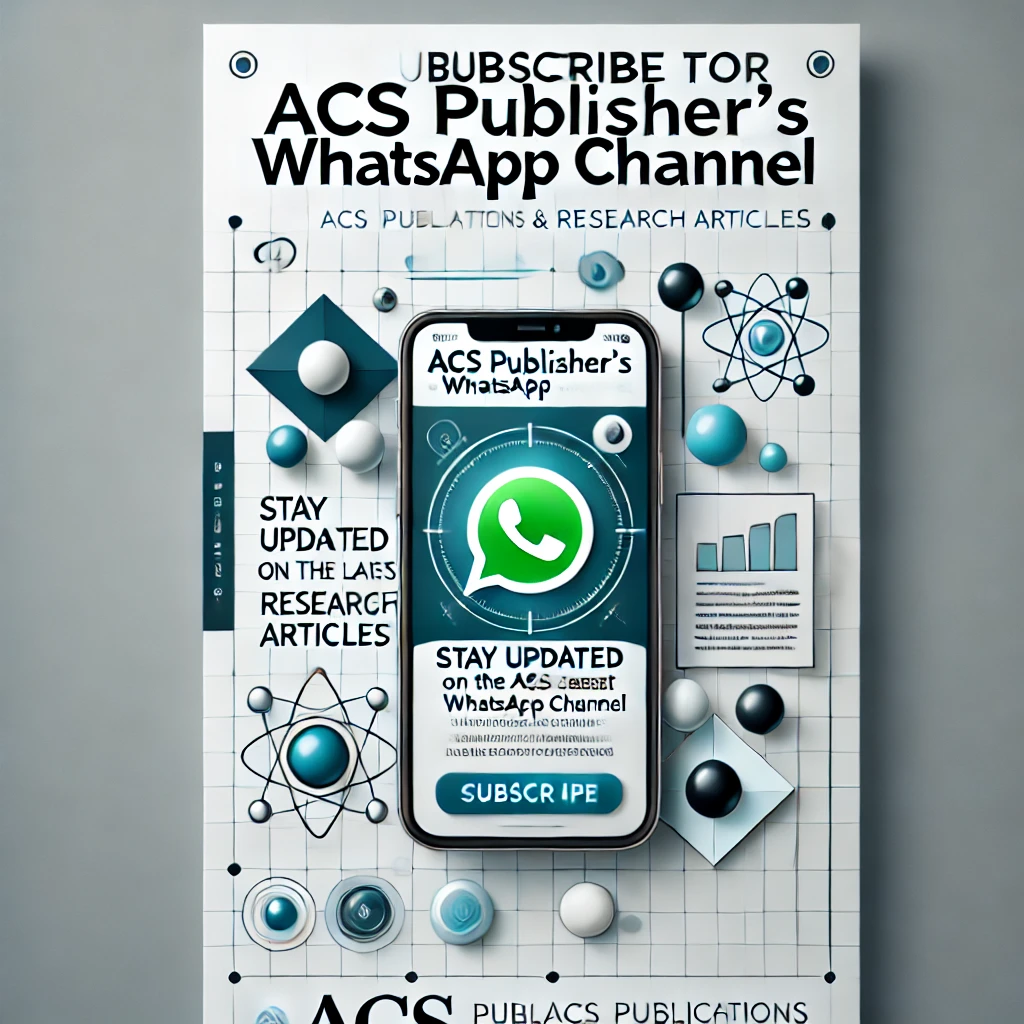Psychological Capital and Social Capital as influencers of Innovative Work Behaviour
Keywords:
innovate, competition, innovationsAbstract
The ability to improve its products, services, work procedures and to innovate continuously has become crucial for any organization. The higher education sector is always fueled by ever-growing demand for capabilities and competencies and for institutions to thrive in this highly competition driven era, they must respond in novel ways to meet this demand. Amidst stiff competition, swift advances in new technologies and changing needs of the international labor markets, the sector itself presents a fertile ground for pioneering innovations. Therefore, the institutions must understand how innovations are developed and how employees’ work behaviour is related to this process. The present study tries to examine the relationship between Psychological Capital and Social Capital as influencers of Innovative Work Behaviour of the teaching professionals of this sector in Assam.
References
Avey, J. B., Luthans, F., Smith, R. M., & Palmer, N. F. (2010). Impact of positive psychological capital on employee well-being over time. Journal of occupational health psychology, 15(1), 17. 2. Avey, J. B., Reichard, R. J., Luthans, F., & Mhatre, K. H. (2011). Meta‐analysis of the impact of positive psychological capital on employee attitudes, behaviors, and performance. Human resource development quarterly, 22(2), 127-152.
Bandura, A., & Locke, E. A. (2003). Negative self-efficacy and goal effects revisited. Journal of applied psychology, 88(1), 87.
Carmeli, A., Meitar, R., & Weisberg, J. (2006). Self-leadership skills and innovative behavior at work. International journal of manpower, 27(1), 75-90.
Cavusgil, S. T., Calantone, R. J., & Zhao, Y. (2003). Tacit knowledge transfer and firm innovation capability. The Journal of Business and Industrial Marketing, 18(1), 6-21.
Cooke, P., & Wills, D. (1999). Small firms, social capital and the enhancement of business performance through innovation programmes. Small business economics, 13(3), 219-234.
De Jong, J. P., & Den Hartog, D. N. (2007). How leaders influence employees’ innovative behaviour. European Journal of innovation management.
De Jong, J., & Den Hartog, D. (2010). Measuring innovative work behaviour. Creativity and innovation management, 19(1), 23-36.
Dhakal, C. P. (2018). Multiple Regression Model Fitted for Rice Production Forecasting in Nepal: A Case of Time Series Data. Nepalese Journal of Statistics, 2, 89-98.
Dhanaraj, C., & Parkhe, A. (2006). Orchestrating innovation networks. Academy of management review, 31(3), 659-669.
Dorenbosch, L., Engen, M. L. V., & Verhagen, M. (2005). On‐the‐job innovation: The impact of job design and human resource management through production ownership. Creativity and innovation management, 14(2), 129-141.
Jafri, H. (2012). Psychological capital and innovative behaviour: An empirical study on apparel fashion industry. Journal of Contemporary Management Research.
Janssen, O. (2000). Job demands, perceptions of effort‐reward fairness and innovative work behaviour. Journal of Occupational and organizational psychology, 73(3), 287-302.
Janssen, O. (2005). The joint impact of perceived influence and supervisor supportiveness on employee innovative behaviour. Journal of occupational and organizational psychology, 78(4), 573-579. 15. Kleysen, R. F., & Street, C. T. (2001). Toward a multi‐dimensional measure of individual innovative behavior. Journal of intellectual Capital.
Landry, R., Amara, N., & Lamari, M. (2002). Does social capital determine innovation? To what extent?. Technological forecasting and social change, 69(7), 681-701.
Lundvall, B. A. (2006). Knowledge management in the learning economy. Danish Research Unit for Industrial Dynamics Working Paper Working Paper, 6, 3-5.
Luthans, F. (2002). The need for and meaning of positive organizational behavior. Journal of Organizational Behavior: The International Journal of Industrial, Occupational and Organizational Psychology and Behavior, 23(6), 695-706.
Luthans, F., & Youssef, C. M. (2004). Human, social, and now positive psychological capital management: Investing in people for competitive advantage.
Luthans, F., & Youssef, C. M. (2007). Emerging positive organizational behavior. Journal of management, 33(3), 321-349.
Messmann, G., & Mulder, R. H. (2012). Development of a measurement instrument for innovative work behaviour as a dynamic and context-bound construct. Human Resource Development International, 15(1), 43-59.
Moustaghfir, K., Schiuma, G., Mura, M., Lettieri, E., Radaelli, G., & Spiller, N. (2013). Promoting professionals’ innovative behaviour through knowledge sharing: the moderating role of social capital. Journal of Knowledge Management.
Mura, M., Radaelli, G., Spiller, N., Lettieri, E., & Longo, M. (2014). The effect of social capital on exploration and exploitation: modelling the moderating effect of environmental dynamism. Journal of Intellectual Capital, 15(3), 430-450.
Nahapiet, J., & Ghoshal, S. (1998). Social capital, intellectual capital, and the organizational advantage. Academy of management review, 23(2), 242-266.
Peterson, S. J., Walumbwa, F. O., Byron, K., & Myrowitz, J. (2009). CEO positive psychological traits, transformational leadership, and firm performance in high-technology start-up and established firms. Journal of management, 35(2), 348-368.
Rego, A., Sousa, F., Marques, C., & Cunha, M. P. E. (2012). Optimism predicting employees’ creativity: The mediating role of positive affect and the positivity ratio. European Journal of Work and Organizational Psychology, 21(2), 244-270.
Scott, S. G., & Bruce, R. A. (1994). Determinants of innovative behavior: A path model of individual innovation in the workplace. Academy of management journal, 37(3), 580-607. 28. Sözbilir, F. (2018). The interaction between social capital, creativity and efficiency in organizations. Thinking Skills and Creativity, 27, 92-100.
Van de Ven, A. H. (1986). Central problems in the management of innovation. Management science, 32(5), 590-607.
Walumbwa, F. O., Luthans, F., Avey, J. B., & Oke, A. (2011). Retracted: Authentically leading groups: The mediating role of collective psychological capital and trust. Journal of organizational behavior, 32(1), 4-24.
West, M. A., & Farr, J. L. (Eds.). (1990). Innovation and Creativity at Work: Psychological and Organizational Strategies. John Wiley.

